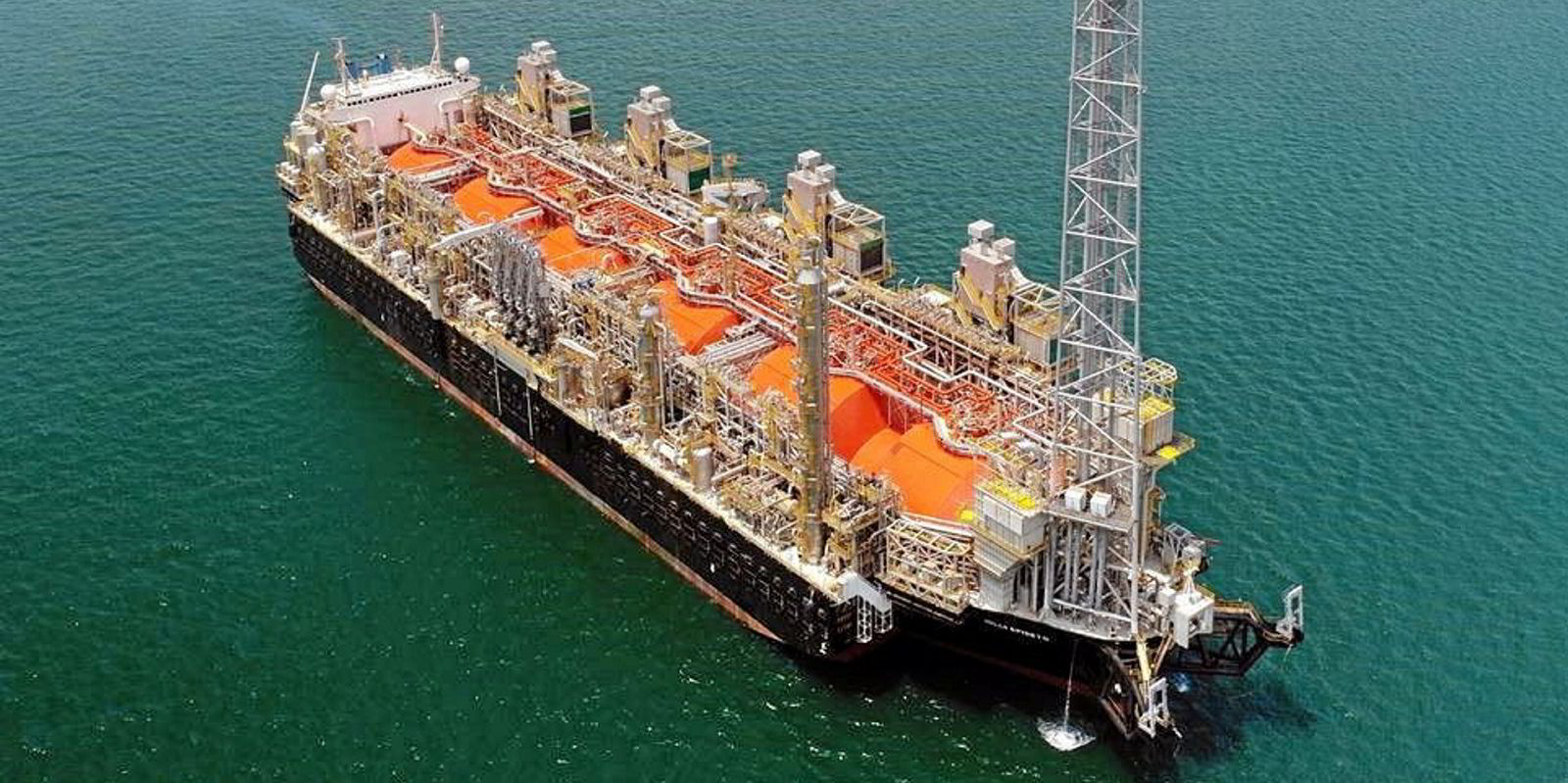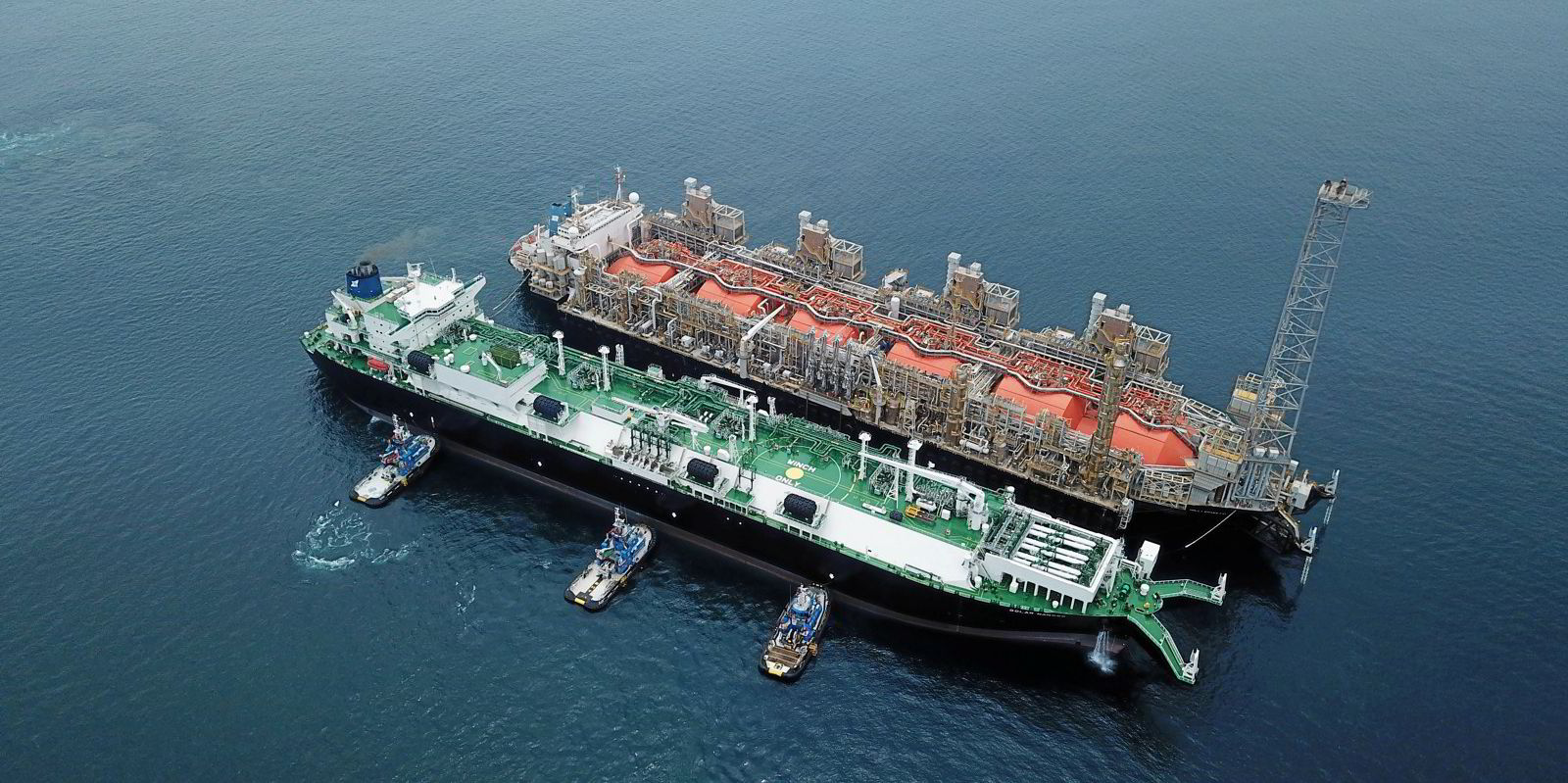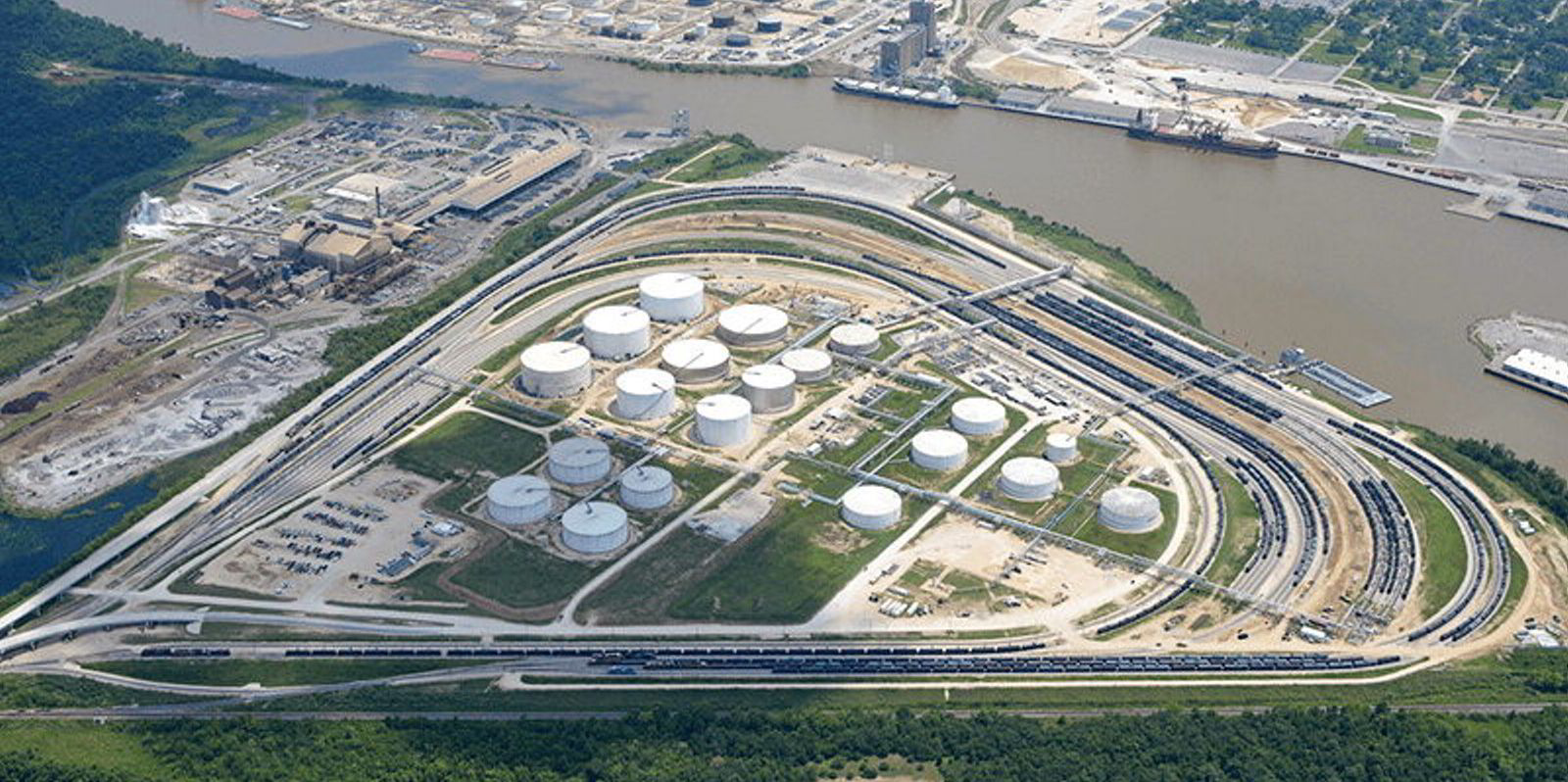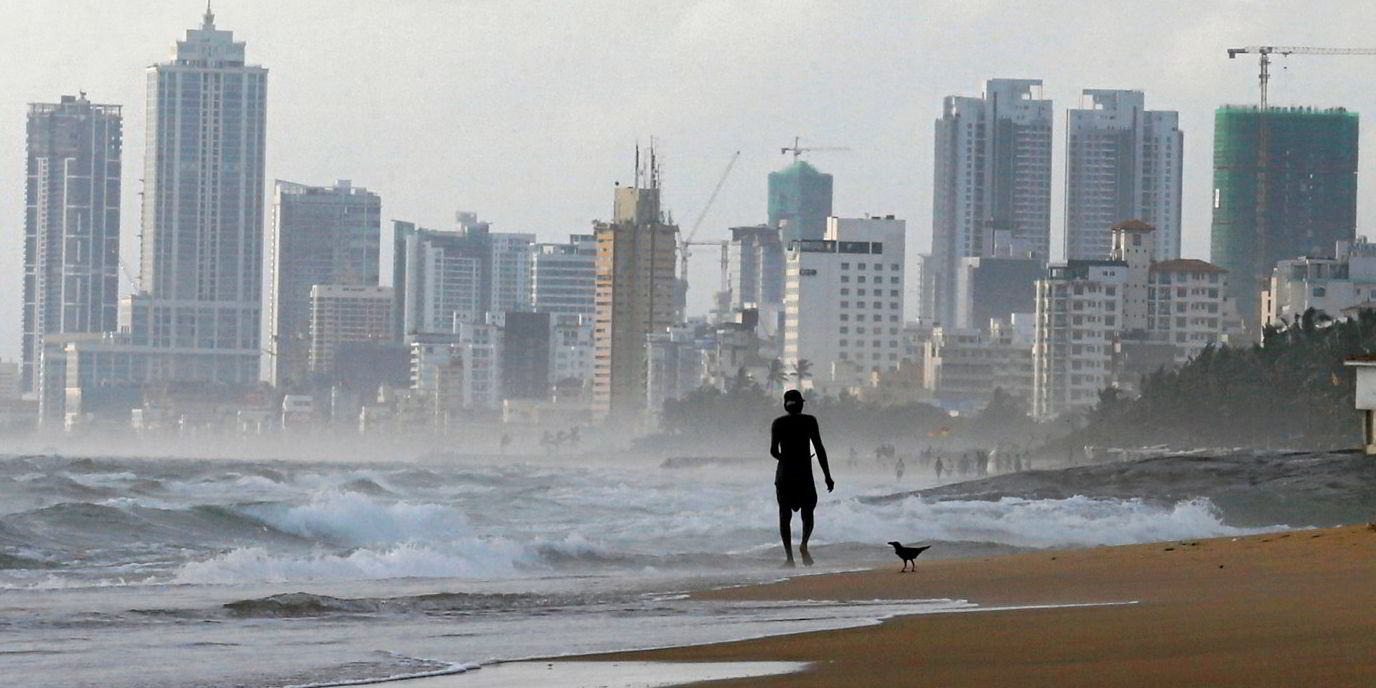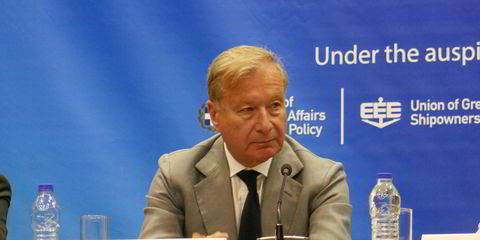US-listed New Fortress Energy will select a gas field on which to deploy its first quick start-up concept floating LNG unit in the next 30 to 60 days and expects FLNG production to have become mainstream within five years.
Speaking in what turned into a two-hour investor briefing, chairman and chief executive Wes Edens said he is looking at 10 different fields on which to deploy the company’s first “Fast LNG” unit — a converted jack-up rig with liquefaction modules on its deck and an LNG carrier providing storage.
The first LNG production will start from the end of 2022, he said.
The company has now bought a third secondhand jack-up rig at a cost of about $30m, Edens said. Two will be used for liquefaction and one for gas treatment.
Tight schedule
The first two rigs are already being repurposed in Kiewit Shipyard, Texas, while the third is due to arrive there next week, said Alap Shah, NFE's Fast LNG lead and senior vice president head of solutions group.
All long-lead items have been bought, so the liquefaction modules can be fabricated and put on to the rigs by July 2022, Shah said.
Edens said that in the same way that floating storage and regasification units were pioneered by companies like Golar and have now become accepted, he expects FLNG will become “very, very mainstream” over the next three to five years on account of the amount of offshore gas available.
The company is pursuing FLNG to bolster the LNG supply it needs to feed its rapidly expanding raft of import terminals.
LNG buys
During the briefing, New Fortress LNG managing director Kasciandro Senem detailed that the company requires around 30 cargoes of LNG a year.
Senem revealed that New Fortress has bought 167 cargoes to date from Shell, Cheniere Energy and Ocean LNG, which is a joint venture of Qatar Petroleum and ExxonMobil. The cargoes are valued at around $3.2bn and give the company cover for the next six years.
But Edens wants to see New Fortress become a carbon-neutral company by 2030 and said he is focused on decarbonising with hydrogen-based fuels.
Ammonia ambitions
The company will buy its first ammonia facility by the end of the summer, said Ken Nicholson, who will be the new chief executive of Zero Parks — a tie-up of New Fortress Energy and US-based Fortress Transportation and Infrastructure.
He said a choice is being made from 40 facilities.
Nicholson said this plant will then be retrofitted to produce blue ammonia, which could be made at $140 per tonne and sold at $200 to $300 per tonne or more as carbon pricing is rolled out.
The company, which has previously spoken about supplying the shipping industry, is close to announcing its first off-take agreement for blue ammonia, Nicholson said.
- Grey or brown ammonia: Produced from fossil fuels.
- Blue ammonia: Produced using natural gas but with CO2 capture and storage.
- Green ammonia: Produced from hydrogen made through water electrolysis using renewable energy.
During the presentation Edens galloped through a dizzying array of developments for New Fortress.
Edens said that last year had been “extraordinary” for the company, which has gone from developing three LNG import terminals to working on 11 facilities today.
He and his colleagues spoke in depth about the energy situation in each country where the company is active and how the facilities they develop fit into that mix.
Bunkering plans
Edens revealed that New Fortress is looking at developing LNG bunkering at its terminals in Jamaica.
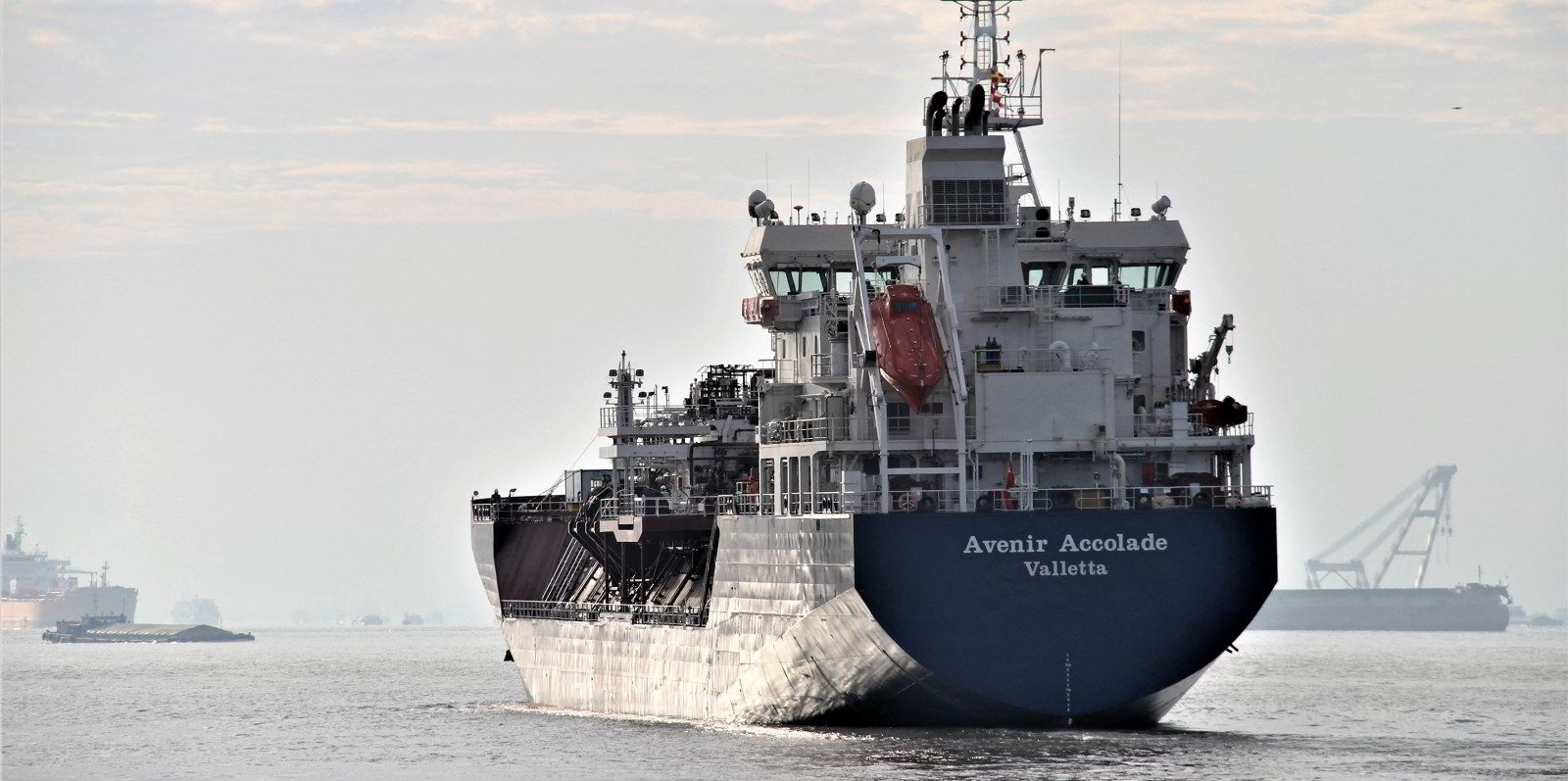
“Every ship itself is a big customer,” he said, adding that the company had been contracted for tenders to supply the cruise and containership industries. The CEO said the company expects to be using Jamaica as a hub to supply marine fuel by 2023.
Edens added that New Fortress is also looking at supplying bunkers from its newly started up terminal in La Paz, in Baja, Mexico, which began operations on 14 July.
The company’s Puerto Sandino terminal in Nicaragua will begin operations in the next 60 days, he said.
In Brazil, where New Fortress has inherited four FSRU-based terminals from its Hygo Energy Transition buyout — three planned and one operational — the Baracarena facility would start up in January 2022, with Santa Catarina following in March of the same year and Suape during that first quarter.
The company also has plans to further develop the operational Sergipe power plant and terminal.
The Brazilian assets have “a tremendous amount of upside”, Edens said.

